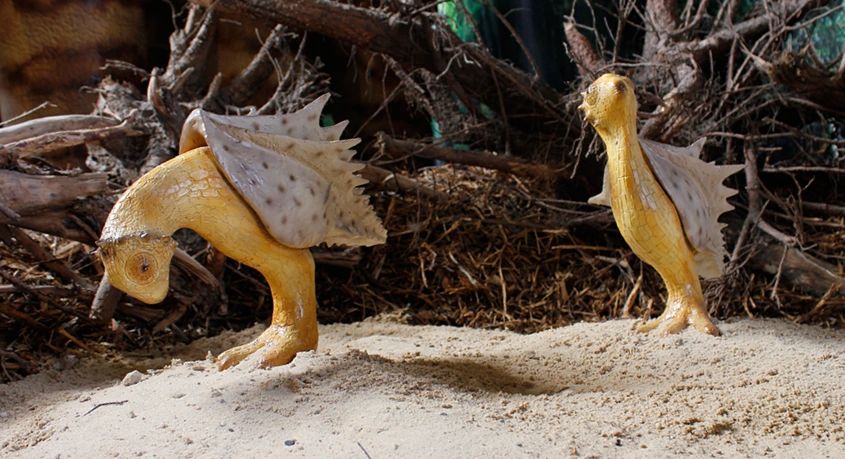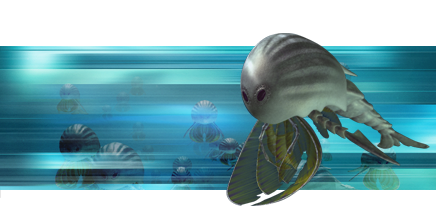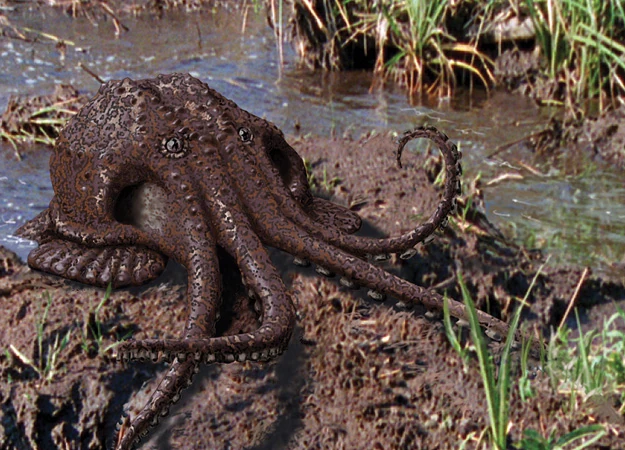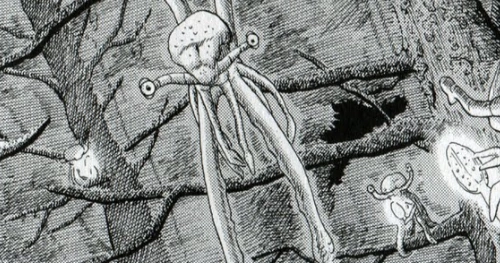Some more timelines of the far future:
mollwollfumble’s timeline of humanity evolution.
2,000 years, new human civilizations
20,000 years, recognisably new human races
200,000 years, humans are now new subspecies
2,000,000 years, humans are now new species
20,000,000 years, nothing recognisably “human” remains of humanity’s descendants
200,000,000 years, human descendants are extinct on Earth due to a global extinction event
mollwollfumble’s timeline of space exploration.
5,000 years, a robot probe reaches alpha centauri
50,000 years, self-sustaining small colonies on Mars and moons of Jupiter and Saturn
500,000 years, self-sustaining ecosystems established in orbit around nearby stars
5,000,000 years,
50,000,000 years, galactic empire (see timeline in OP)
150,000,000 years, preparations well underway for leaving Earth permanently
900,000,000 years, Earth’s oceans have all evaporated (see timeline from Halcyon)
Timeline from “the future is wild”.
5 million years
The Earth is in an Ice Age, a cycle which typically lasts about 100,000 years. Humans are extinct and much of the world’s fresh water is locked up in the huge ice caps that reach as far South as Paris and North as Buenos Aires. On the edges of the ice, animals have adapted to the bitter cold and vicious winters; in the tropics, the rainforest has all but disappeared, and been replaced by a dry savannah.
Yet change is in the air – a sudden increase in volcanic eruptions pours greenhouse gases into the atmosphere, the planet begins to warm up, and the melting ice creates massive, devastating floods.
Hypothesized species
Babookari, a ground-living New World monkey descended from the present-day Uakari;
Carakiller, a giant, 2 meter (7 foot) tall, flightless bird of prey, descended from the present-day Caracara;
Cryptile, a lizard that inhabits salt flats and has a sticky neck frill for catching flies;
Deathgleaner, a giant, carnivorous bat descended from the spectral bat of South and Central America;
Gannetwhale, a large, flightless, seal-like seabird descended from the present-day gannet;
Rattleback, an armoured rodent descended from the present-day Paca or Agouti; there are two species, one in the Amazonian grasslands and the other in the northern deserts;
Gryken, a slender terrestrial mustelid descended from the present-day pine marten;
Scrofa, a wild pig living on the Mediterranean salt flats descended from the wild boar.
Shagrat, a giant, capybara-like rodent found in the tundra of northern Europe; descended from the present-day marmot;
Snowstalker, a large, white, saber-toothed mustelid from northern Europe, descended from the present-day wolverine;
Spink, a small, mole-like, burrowing bird found in southern North America, descended from the present-day quail.
100 million years
Volcanoes belching out greenhouse gases eventually turn the Earth into a hothouse – sweltering, steamy and wet. Rainforests coat the land and the atmosphere is rich in carbon dioxide and oxygen. Animals adapt to the damp warmth; insects grow huge, flying insects have metre wingspans, and the world’s biggest creatures walk the Earth. But the Earth itself is restless. Although volcanoes have been active throughout, now, huge eruptions bring the planet to the brink of its worst disaster ever. Most of life is annihilated, leaving the world barren and empty. Or is it?
Hypothesized species
Falconfly, a giant predatory wasp descended from the sand wasp;
Grass Tree, a plant species of the Great Plateau, harvested by Silver Spiders to feed the Poggles; descended from bamboo;
Great Blue Windrunner, a giant, blue, 3 meter (9 foot) wingspan, four-winged crane whose legs have flight feathers that can act as gliding surfaces; it is descended from a present-day crane;
Lurkfish, a giant, big-mouthed, charge up with 1,000 volt, electric fish descended from the electric catfish;
Nursery Vase, a plant that traps water within it and is used as a nursery by the Swampus in a very close symbiosis. It is similar to the present-day pineapple and bromeliad and is possibly a descendant from their lineage.
Ocean Phantom, a giant descendant of the Portuguese man o’ war;
Poggle, the last mammal, living inside mountains and descended from a species of social rodent;
Reef Glider, a giant, swimming sea slug;
Roachcutter, a swift species of Flutterbird, a variety of birds unique to Antarctica that descended from modern-day tubenosed seabirds;
Silver Spider, a large colonial spider
Spindle Trooper, a giant sea spider that lives in Ocean Phantoms, which they defend against enemies;
Spitfire Bird, a species of Flutterbird that shoots acidic flower nectar from its nostrils as a defense;
False Spitfire Bird, a Flutterbird species that mimics the Spitfire Bird to frighten such predators as the Falconfly;
Spitfire Beetle, a cooperative, predatory beetle that preys on Spitfire Birds;
Spitfire Tree, a flowering tree that makes two chemicals collected by Spitfire Birds, which pollinate the tree in the process;
Swampus, a semi-terrestrial, brackish swamp-dwelling octopus;
Toraton, a giant tortoise that grows to 120 tons.
200 million years
After the last great mass extinction, just a few life forms had survived, and free from old pressures and competition, they have evolved into strange and bizarre creatures – beyond imagination. The slow drift of the continents over the globe has finally brought the landmasses together into one super-continent, and most of the world is covered in a huge ocean. What new life has evolved in this ocean? What has the process of evolution done to life on the supercontinent? And what will happen next?
Hypothesized species
Bumblebeetle, a fast-flying beetle that lives and breeds inside the carcasses of dead Ocean Flish;
Deathbottle, a carnivorous plant living in the Rainshadow Desert;
Desert Hopper, a hopping snail with a modified single foot;
Forest Flish, a small, forest-dwelling, hummingbird-like fish that no longer lives in the oceans but instead flies like a bird (Flish being a portmanteau of flying and fish);
Ocean Flish, another type of Flish which relies on the ocean more than does the Forest Flish; like the Forest Flish, it is a descendant of cod;
Garden Worm, an algae-filled worm that feeds only on sunlight;
Lichen Tree, a descendant of living lichens that has grown gigantic due to the high levels of moisture in its environment, reaching 10 feet (3 meters) in height;
Megasquid, a 5-meter-high (16.5-feet-high), 8-ton, omnivorous, terrestrial cephalopod; its eight arms have evolved into walking legs like an elephant’s; it uses its two long tentacles for feeding;
Rainbow squid, a 25-meter-long (82-feet-long), gentle, ocean-going cephalopod descended from the giant squid;
Sharkopath, a bioluminescent shark that hunts in packs, descended from the spined pygmy shark;
Silverswimmers, fish-sized neotenous crustaceans;
Slickribbon, a cave-dwelling, 1-meter-long (3.2-feet-long), predatory worm with a striking resemblance to Opabinia of the early Cambrian;
Slithersucker, a large, predatory slime mold;
Squibbon, a terrestrial cephalopod that swings from tree branches; it is highly intelligent and the likeliest ancestor for future life that may allow civilization to once again reestablish itself on Earth; like the Megasquid it is a descendent of the cephalopods;
Terabyte, a highly specialized colonial descendant of termites;
Gloomworm, a primitive-looking, bacteria-eating worm.
PS. I truly love the Squibbon.







